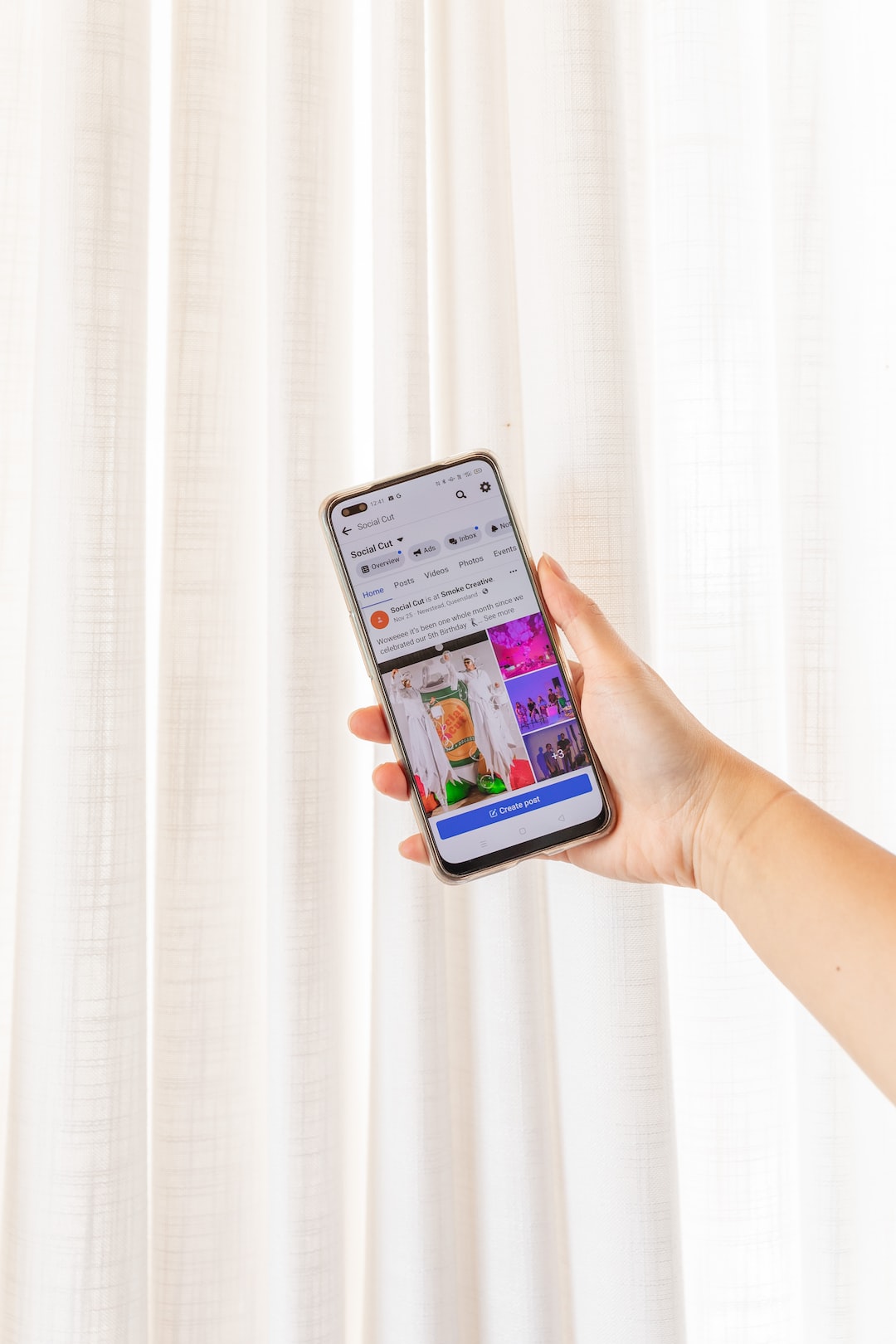The Psychology of Logo Design: How Colors Influence Brand Perception
In today’s competitive business world, it is crucial for companies to have a strong and recognizable brand identity. One of the key elements of a brand’s identity is its logo design. A logo not only represents a company’s values and vision but also communicates with its target audience. However, what many people are unaware of is the fact that colors play a significant role in shaping brand perception.
When it comes to logo design, selecting the right colors is essential, as each color has its own psychological impact. Colors have the power to evoke emotions, trigger associations, and influence consumers’ perceptions. Logo designers in Atlanta, and around the globe, have long recognized the importance of color psychology in creating impactful logos.
Let’s delve into the psychology of logo design and how different colors can influence brand perception:
1. Red: This color symbolizes energy, passion, and action. It is often used in logo designs to evoke excitement and urgency. Companies in industries such as food, sports, and technology opt for red to attract attention and create a sense of enthusiasm.
2. Blue: Blue is associated with trust, reliability, and professionalism. It is commonly used by financial institutions, healthcare providers, and technology companies to convey a sense of stability and security.
3. Yellow: Associated with happiness, optimism, and warmth, yellow is often used to evoke positive emotions. Companies in the food and retail industry use yellow to grab attention and create a joyful, cheerful brand image.
4. Green: This color is often linked to nature, health, and sustainability. Brands that focus on eco-friendly products or outdoor activities often choose green to convey a sense of freshness, growth, and environmental consciousness.
5. Black: Black is associated with elegance, sophistication, and power. Many luxury brands use black in their logos to convey a sense of exclusivity and to target high-end consumers.
By understanding the psychological impact that each color has on consumers, logo designers can strategically incorporate these colors to create a desired brand perception. They carefully select the color palette that aligns with the company’s values, target audience, and overall brand image.
If you are looking for a logo designer in Atlanta who understands the psychology behind colors, it is essential to find someone who can effectively blend creativity with knowledge of color psychology. This ensures that your logo not only captures attention but also creates a lasting impression on consumers.
In conclusion, the psychology of logo design goes beyond just aesthetics. Colors have the power to influence brand perception and evoke emotions. Logo designers in Atlanta, and around the world, have recognized the importance of color psychology in creating impactful logos. By selecting the right colors, companies can effectively communicate their brand values, attract their target audience, and create a memorable brand identity. So, whether you are a business owner or a logo designer, understanding the psychological impact of colors is crucial for successful logo design.
For more information on Logo designer atlanta contact us anytime.


